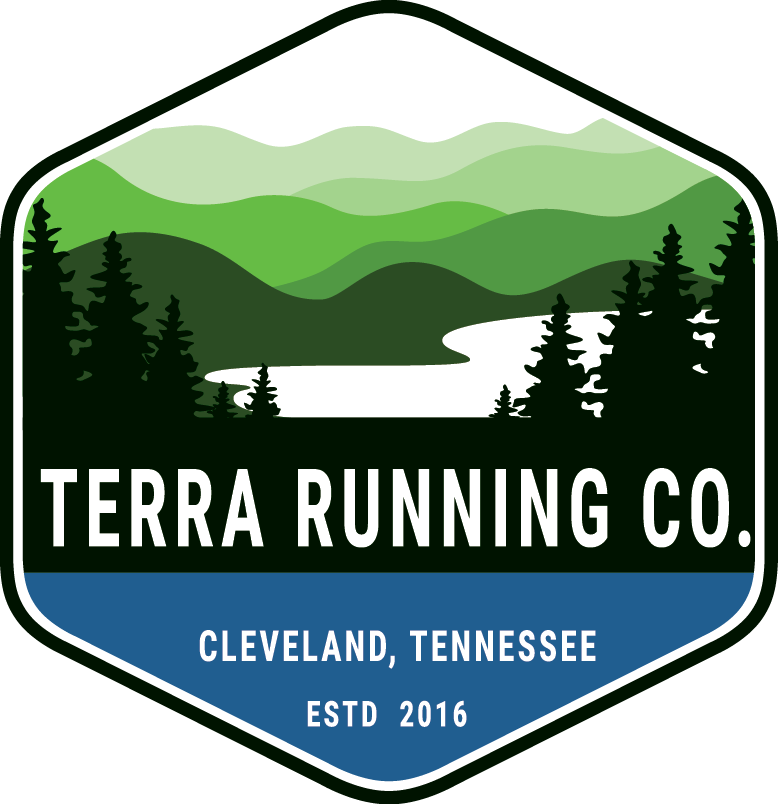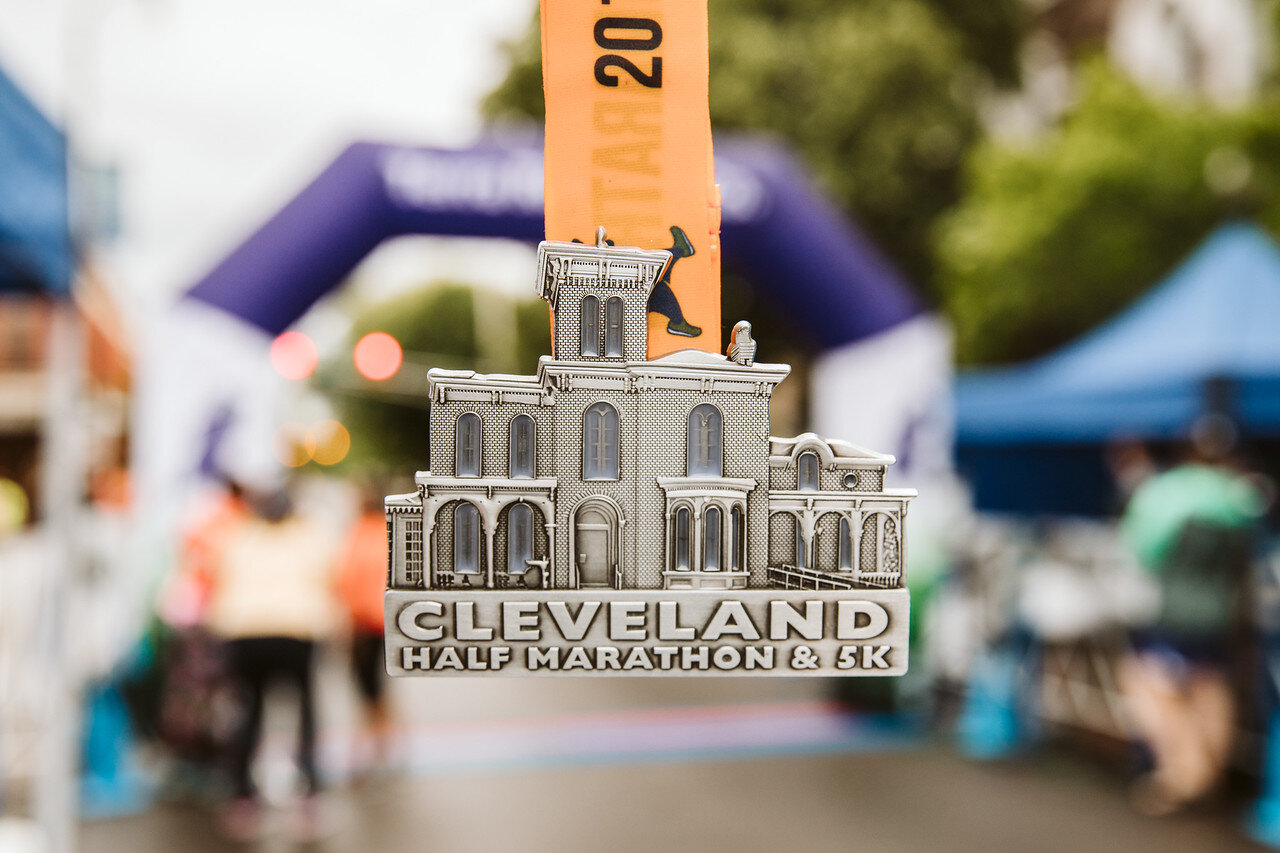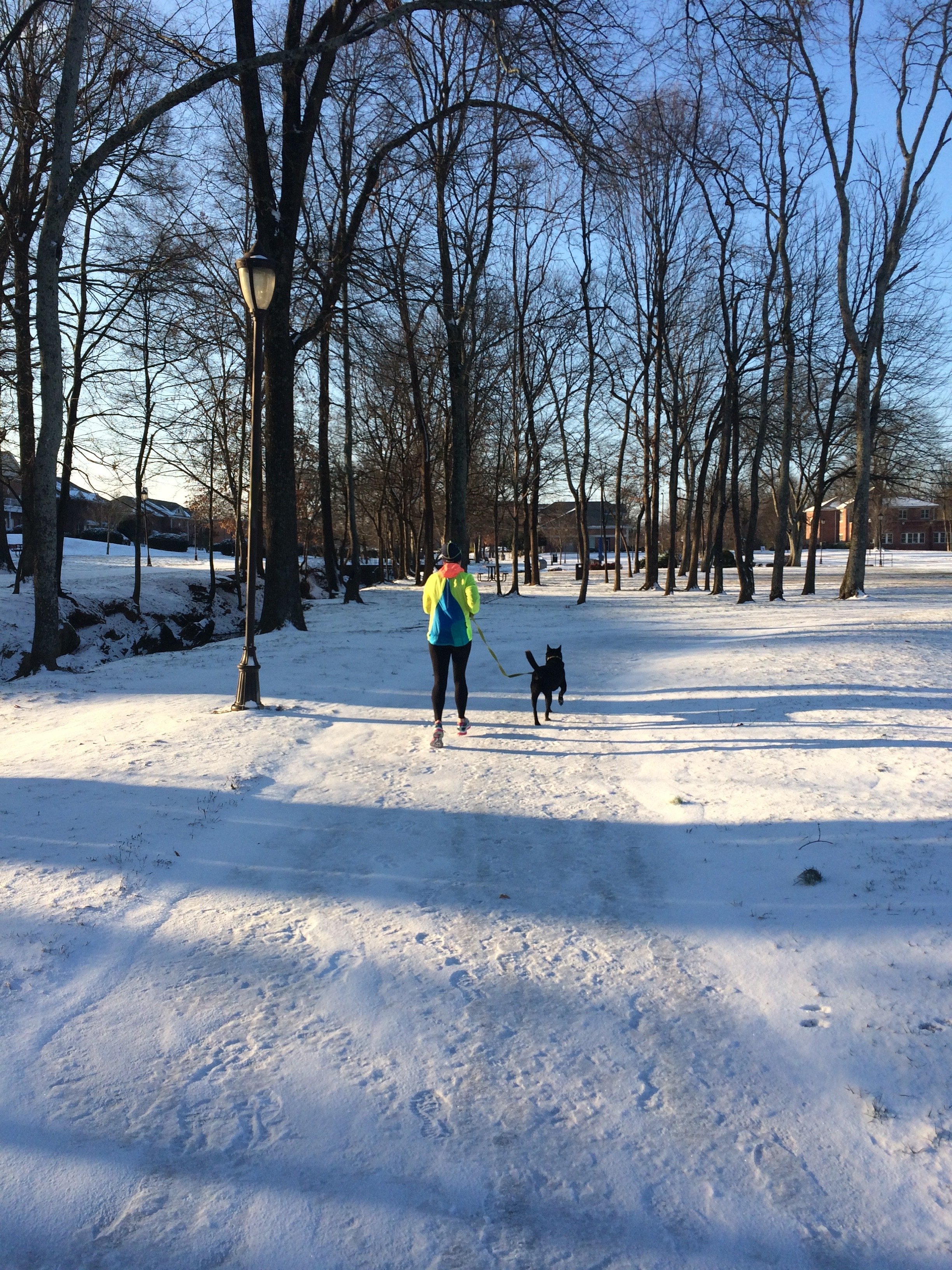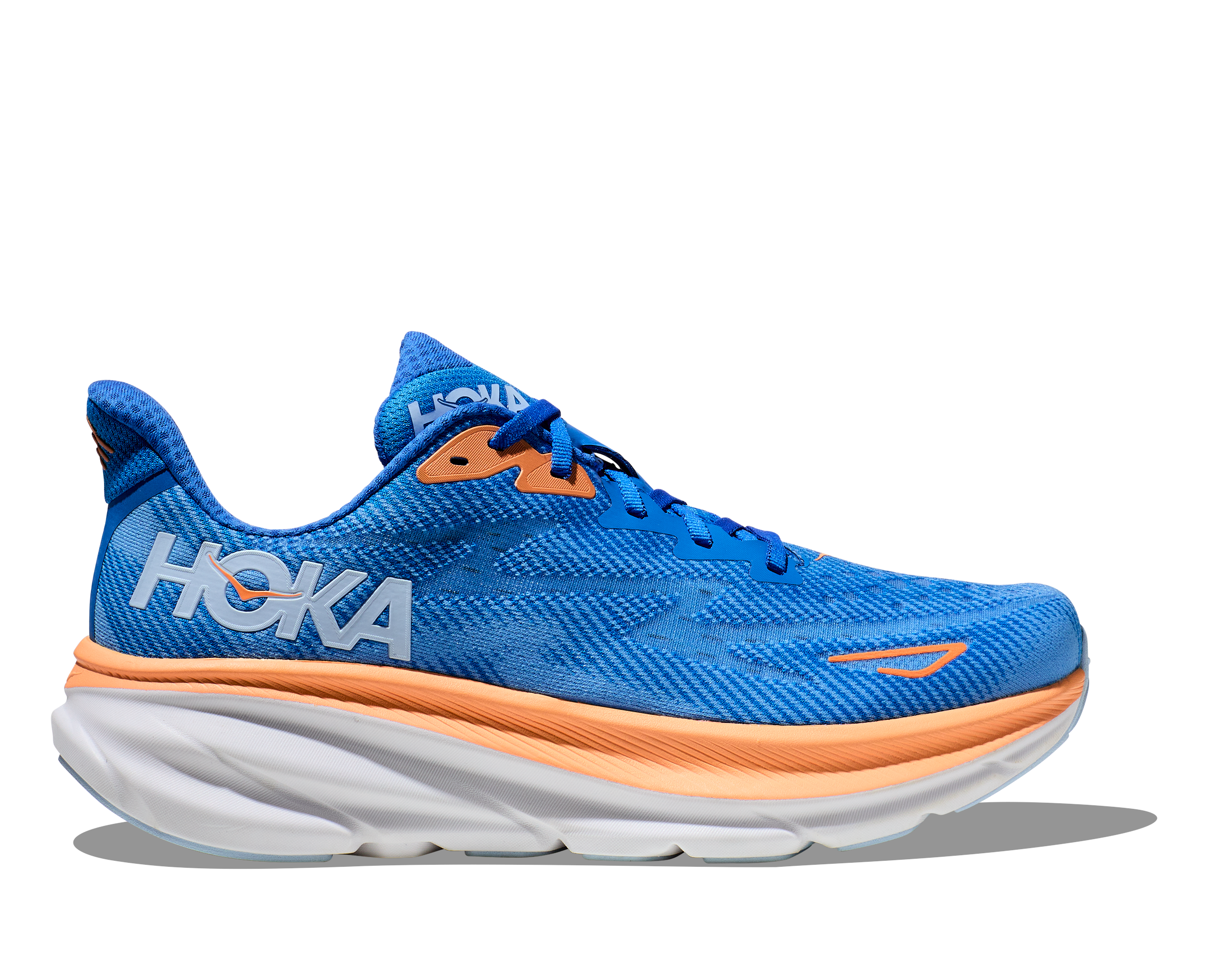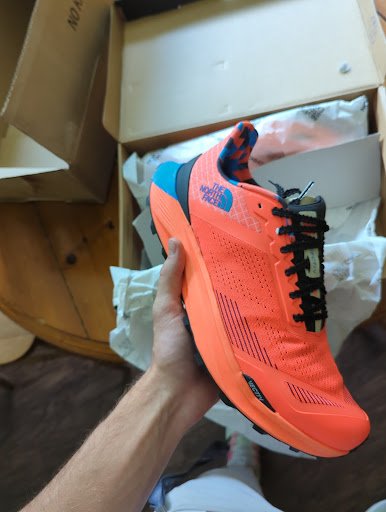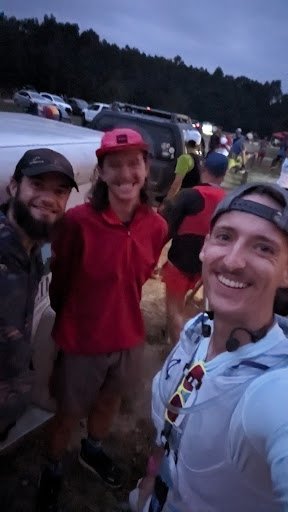Staying properly hydrated is a challenge for any runner but it is a particular challenge for athletes running in the heat and humidity of a southeastern summer. Beyond making sure one consumes enough water, runners have to contend with their electrolyte intake. Compound this problem with longer efforts and the issue only gets more confusing.
The Nix Biosensor attaches to a one-time use adhesive patch that stick to the athletes arm.
Should you drink just plain water? Or something like a Nuun? Or maybe you need something with a much greater concentration of electrolytes, like an LMNT? Is that too much, though? Are you sweating out enough electrolytes for that? Have you had too many electrolytes??
Unlike other training advice that often follows basic rules, electrolyte loss is very unique to each individual. For example, sodium loss in sweat can be drastically different from person to person, from as little as 200mg of sodium per liter of sweat to as much as 2,000+mg/l! (Have you ever been drenched with sweat and covered in salt stains after a run while your friend looks like they barely sweated a drop?) This means, what works for your friend could be horrible for you, and often with real consequences like loss of performance, migraines, cramps, and even kidney damage.
That is where the Nix Biosensor comes in.
In the past, the only way for athletes to figure out approximately how much electrolyte loss they were experiencing was through an expensive sweat test at in person testing center; something that is just not practical for most people. Thankfully, a new product has recently hit the market aimed at empowering athletes to monitor their hydration and electrolyte loss easily and in real time.
The Nix Biosensor.
How it works:
The Nix Biosensor is comprised of two parts: the main sensor or “pod” and an adhesive patch that it connects to. The athlete simply attaches the adhesive patch onto their arm and locks the Nix pod onto the patch. The pod pairs with the Nix app where you can start a workout. While you are working out, the patch absorbs your sweat and the sensor in the pod interprets the information sending it to the app. While you are using the sensor during a workout, the app will give you alerts when you have lost a certain amount of fluid and indicate an approximation of how much electrolyte loss is occurring. When you have completed your workout, the app, utilizing the data from the sensor, will give you a snap shot of your fluid and electrolyte loss so that you can more accurately rehydrate.
Pros of the Nix Biosensor
The Nix Biosensor meaningfully fills in a piece for the puzzle for many athletes, namely, “approximately how much fluid and electrolyte loss do I regularly experience during a workout.” This is incredibly helpful information especially for someone who sweats a lot or who regularly runs into issues related to hydration and performance. The more you use the Nix Biosensor — especially through a variety of situations and climes — the more the hydration picture gets filled in for you as an individual. The Nix Biosensor is a particularly valuable tool for ultra athletes or anyone prone to particularly long efforts. The sensor or “pod” is small enough that it isn’t too intrusive (it weighs less than a half an ounce), the patches are latex-free, and the app is easy enough to navigate. It also pairs with Garmin and Apple Watches, so you can get your hydration alerts on your wrist in real time; integrations with Strava, Swift and Wahoo will be coming soon. The Nix comes in a protective case so it can be easily thrown into a gym bag without fear of damage and it charges quickly and the battery lasts up to 36 hours. Retailing at $129, it is significantly cheaper than scheduling a sweat test, and of course, more dynamic and easier than traveling for a one time test.
Cons of the Nix Biosensor
An example of a Nix sweat profile after a workout
The biggest con of the Nix Biosensor is the fact that the sweat patches are not reusable. For each workout you use the sensor for, you need a fresh patch. This is understandable as the patch is what is absorbing the sweat from that workout, but it does make you think twice before just throwing on the Nix. The biosensor comes with 4 patches when you purchase it and refills come in packs of 4 at $25 a pack. This means that each sensor pre-tax is a little over $6. Not going to break the bank but also plenty enough that you aren’t going to be using the Nix for every workout. It also means waste is being generated — at this time it is not clear if there is a way to recycle the patch which does have plastic on it for the pod to lock onto. Speaking of not using the Nix for every workout, it is not recommended that athletes use the Nix sensor for workouts less than 45 minutes long. Because the patches aren’t reusable, most people would be saving the Nix for longer efforts anyway, but it is still something to note. Another con of the sensor is that it is not going to provide a break down of which types of electrolytes you lost in what quantity; did you lose a lot of sodium and not much magnesium? Vice versa? The Nix only offers aggregate data on the amount of electrolyte loss an athlete experiences. The reality is most people wouldn’t do anything with that information anyways — the electrolyte supplements have the ratio of electrolytes in them that they have regardless of what you lost — but it would be extra cool to be able to see that information parsed out. Lastly, even though $129 is very reasonable for a training device, it is still not a cost that will be accessible for everyone.
Who should buy the Nix Biosensor?
Ultra athletes, those training for races (especially those wanting to PR or qualify for certain events) people prone to working out in the heat, those who experience cramping or migraines after training or races, those who sweat a lot… At the end of the day, the Nix Biosensor is helpful for anyone who is interesting in dialing in their hydration. Especially as we come up on summer in East Tennessee, I am personally looking forward to getting more data through Nix to understand myself and my training needs more.
Interested in getting the Nix for yourself? Pick up a training bundle and your refill patches at Terra Running Company today!
